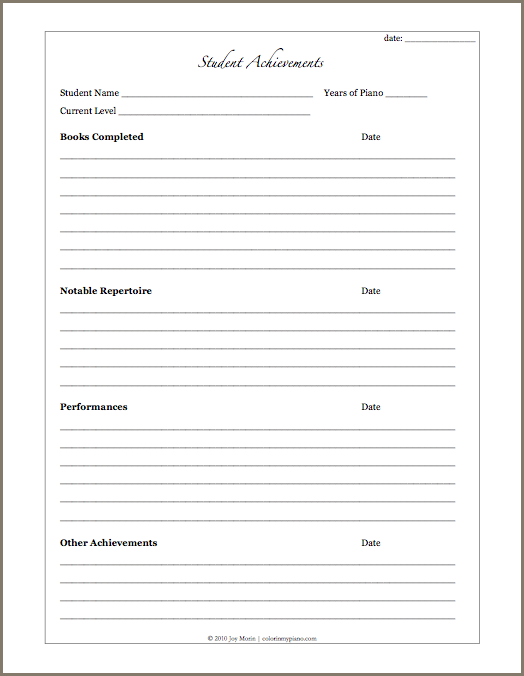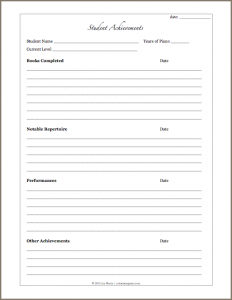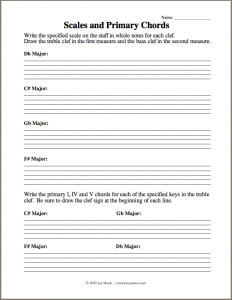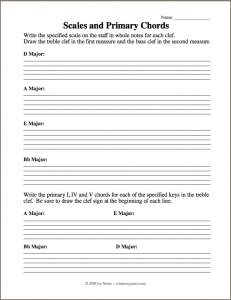 When potential students’ parents call, do you struggle with figuring out what to say on the phone? What information are they looking for, anyway? This post offers some ideas and suggestions.
When potential students’ parents call, do you struggle with figuring out what to say on the phone? What information are they looking for, anyway? This post offers some ideas and suggestions.
First, offer basic information about your studio.
The idea is to give them some details about how you run your studio, without overwhelming them. Some ideas:
- How often and how long are lessons.
- About other studio events: i.e., group lessons, the Spring Recital, the Christmas Party, the Summer Music Camp, etc.
- About other perks of your studio: i.e., lending library, SAT testing, lab time, incentive programs, etc.
- A little about yourself: how much you enjoy teaching, how long you’ve been teaching, what your teaching philosophy is (in a nutshell), or what your goals for your students are.
- Cost of tuition (save for last whenever possible), and what forms of payment are acceptable. Specify whether or not the cost of books and materials is included.
Offer Sources for Further Information
Once you’ve given them general information about your studio, you can then:
- Direct them to your studio website. There, they can perhaps find more studio information, your bio, pictures, audio files or videos, and forms/handouts such as your Studio Policies.
- Offer references. Talking to happy parents of current students is a great way to learn more about the studio.
- Offer a free trial lesson/interview with no obligation. This not only allows the parents/student the chance to meet you personally before making an obligation, but also allows you the chance to meet the student before officially accepting them into your studio.
Before hanging up, be sure to ask if they have any other questions. And always thank them for calling, whether or not they sound interested in taking lessons with you or not.
Tip: If you are like me and get a little shy/nervous on the phone, try making yourself a little list to keep by the phone. =)
What kinds of things do you make a note of telling potential students/parents?
Photo Credit: tylerdurden1 | CC 2.0






 Just recently, I’ve realized that when I play piano, I hold a “knot” of tension in my back, in the space between my shoulder blades. Upon this realization, I have begun making a conscious effort to release this tension while I am practicing – which I have to do constantly. It’s obviously a bad habit that I’ve been unaware for a long time!
Just recently, I’ve realized that when I play piano, I hold a “knot” of tension in my back, in the space between my shoulder blades. Upon this realization, I have begun making a conscious effort to release this tension while I am practicing – which I have to do constantly. It’s obviously a bad habit that I’ve been unaware for a long time!



 At a piano lesson this week, I observed my student grow increasingly frustrated with herself whenever she made a mistake. She would “growl” at herself and start back at the beginning of the phrase.
At a piano lesson this week, I observed my student grow increasingly frustrated with herself whenever she made a mistake. She would “growl” at herself and start back at the beginning of the phrase.
 This month’s discussion topic:
This month’s discussion topic:
